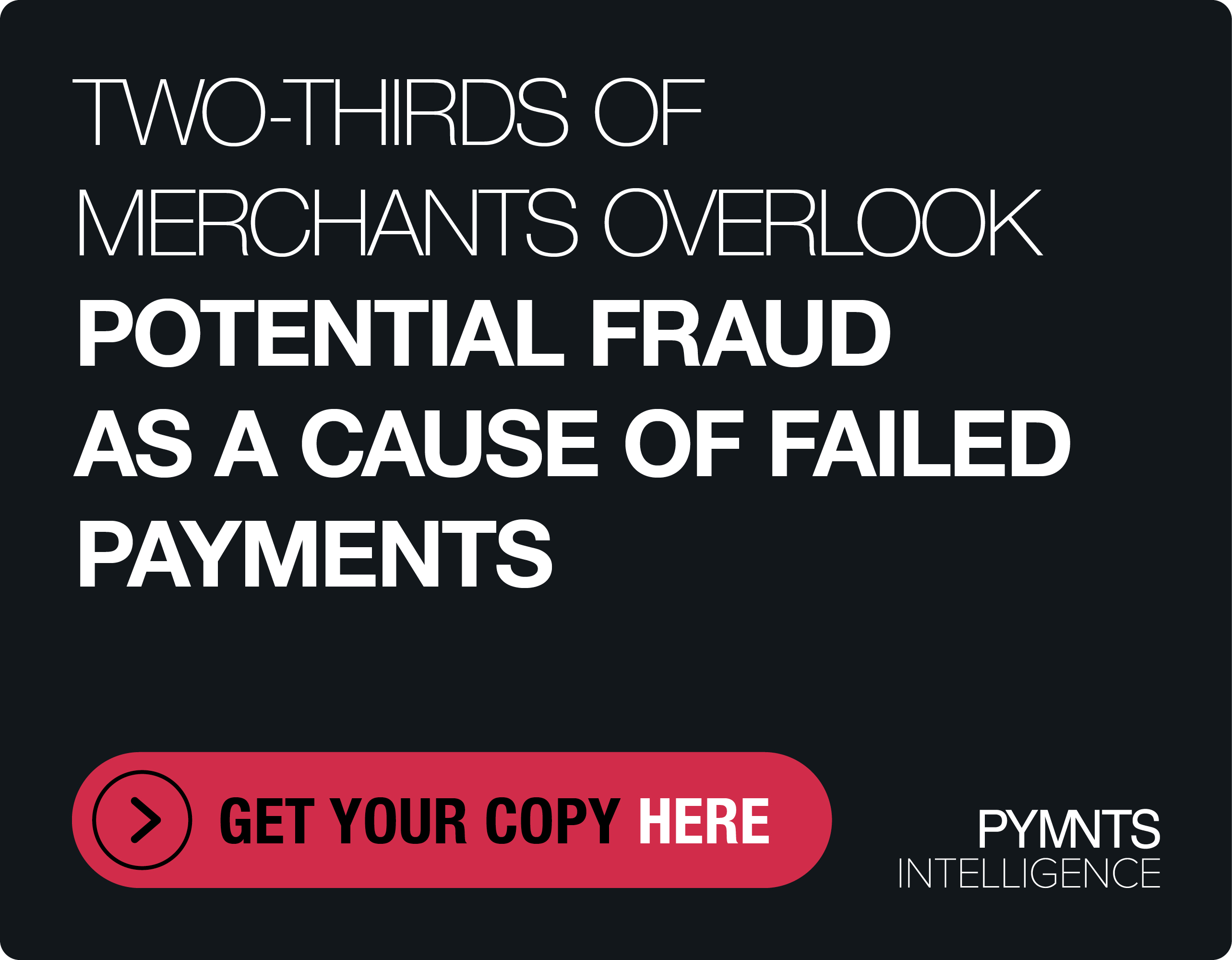Splashing Coldwater on Charging for Content
Just when there seemed to be landslide support for charging for content among struggling publishers Yahoo has thrown some cold water on the faces of the eager mob. Of course talk is cheap and online publishers have been approaching subscription models with great trepidation.
So what’s the cold water? The Financial Times today has a great discussion in “Yahoo rethinks web content charges policy.” Yahoo dropped charges on its US Fantasy Football site and is now rethinking of charging for real-time quotes on Yahoo Finance. Their decision is based on the basic two-sided market tradeoff for media: a higher price for viewing content reduces the number of eyeballs that can be sold to advertisers. The right balance comes roughly speaking where the additional revenue from charging just offsets the loss of revenue from reduced ad sales (ignoring costs). What Yahoo found was that subscription revenue was too small to justify the loss of audience short-term and more importantly long-term.
But publishers shouldn’t give up on charging as Yahoo itself points out. Its rivals.com site charges for great content and allegedly because charging keeps the riffraff out, which the other users appreciate.
The big question going forward is whether it is possible to move from the current equilibrium on the web where almost all content is provided for free and supported (if at all) by online advertising revenue to a new equilibrium in which much content is charged for and there’s revenue coming in from both sides of the market—viewers and advertisers. Moving between price structure equilibria is tough but not impossible. Remember that the 19th century magazine industry was in an equilibrium in which subscribers paid all the freight to one in which advertisers contributed much of the revenue in almost the blink of an eye. The precipitous decline in online advertising revenue has made it possible that online media could move to a paid model: if most sites can’t survive on online advertising then most would rather switch to subscription rather than die. The problem is that unless most do this simultaneously none can since price-sensitive consumers will avoid the subscription sites.
What should an online publisher do then?
Lesson 1: Recognize that there’s a good chance that you are probably going to be living on online advertising revenue, that you can’t dictate online ad prices because the supply of content on the web is almost infinitely expandable, and that while prices for eyeballs aren’t going to zero there’s an awful lot of downward pressure on them. That means making sure you have a business model that works in this environment: you’ll need low cost methods of getting eyeballs. The days of hiring big staff to generate content are in the past for many parts of the media world.
Lesson 2: If you don’t want to be solely dependent on online advertising revenues you have two ways to go. First, identify situations where people need certain kinds of content and don’t have (and aren’t likely to get) free sources for it. Second, figure out ways to sell complementary products on your site. The social networking sites have already figured that out by necessity.
Lesson 3: Be creative on lead generation. Advertisers will pay a premium to generate incremental sales. The problem with most advertising historically has been that it takes the sledge hammer approach to this problem. Most advertising is irrelevant to most people most of the time. Behaviorally targeted advertising and identifying supernodes on social networks are two methods being worked on. My guess is that there will be more. Web technologies provide all sorts of possibilities, most surely unexplored, for better matching consumers who want things and businesses that want to sell them things.
That’s the future in my view.
